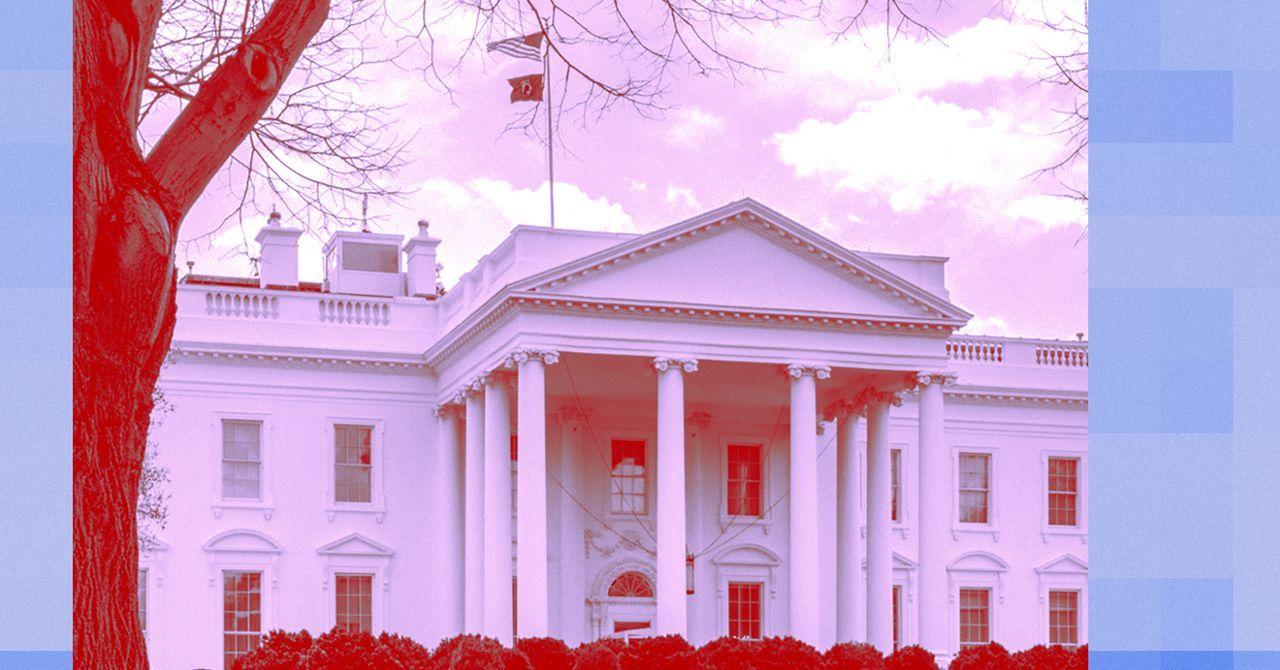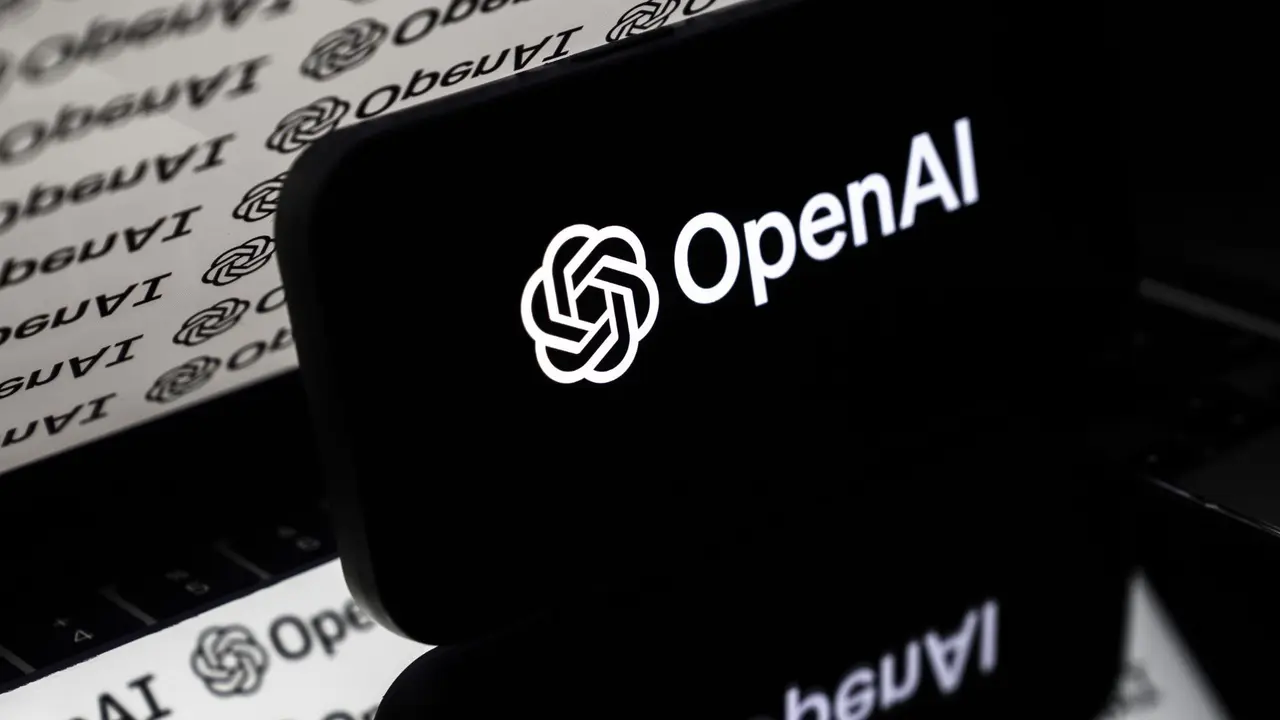China's AI Advancements: Challenging U.S. Technological Dominance
2 Sources
2 Sources
[1]
Opinion | DeepSeek. Temu. TikTok. China Tech Is Starting to Pull Ahead.
Want to stay updated on what's happening in China? Sign up for Your Places: Global Update, and we'll send our latest coverage to your inbox. China's top leaders did not appear to fully grasp the power of artificial intelligence in July 2023, when one of us, Eric, and Henry Kissinger met them. Economic malaise hung in the air. But when the other of us, Selina, returned to China just 19 months later, the optimism was palpable. Dinner conversations were dominated by DeepSeek and other A.I. chatbots. Electric cars whizzed by, while apps offered drone food delivery. Unitree humanoid robots danced and spun handkerchiefs onstage during the "Spring Festival Gala," China's most-watched TV program, making the company a household name overnight. This is the country we're dealing with. China is at parity or pulling ahead of the United States in a variety of technologies, notably at the A.I. frontier. And it has developed a real edge in how it disseminates, commercializes and manufactures tech. History has shown us that those who adopt and diffuse a technology the fastest wins. So it's no surprise that China has chosen to forcefully retaliate against America's recent tariffs. To win the race for the future of technology, and in turn the war for global leadership, we must discard the belief that America is always ahead. For a long time, China was slower to the game. In 2007, the year Steve Jobs unveiled Apple's first iPhone, the internet revolution had barely begun across the Pacific: Only about 10 percent of China's population was online, while the tech giant Alibaba was still seven years away from listing on the New York Stock Exchange. Sign up for the Opinion Today newsletter Get expert analysis of the news and a guide to the big ideas shaping the world every weekday morning. Get it sent to your inbox. The A.I. race appeared to follow the old pattern. The debut of ChatGPT in San Francisco in November 2022 led to a slew of copycat chatbots in China, most of which were estimated to be years behind. Yet, as with smartphones and electric vehicles, Silicon Valley failed to anticipate that China would find a way to swiftly develop a cheap yet state-of-the-art competitor. Today's Chinese models are very close behind U.S. versions. In fact, DeepSeek's March update to its V3 large language model is, by some benchmarks, the best non-reasoning model. The stakes of this contest are high. Leading American companies have largely been developing proprietary A.I. models and charging for access, in part because their models cost hundreds of millions of dollars to train. Chinese A.I. firms have expanded their influence by freely distributing their models for the public to use, download and modify, which makes them more accessible to researchers and developers around the world. Apps for the Chinese online retailers Shein and Temu and the social media platforms RedNote and TikTok are already among the most downloaded globally. Combine this with the continuing popularity of China's free open-source A.I. models, and it's not hard to imagine teenagers worldwide hooked on Chinese apps and A.I. companions, with autonomous Chinese-made agents organizing our lives, and businesses with services and products powered by Chinese models. In the internet revolution, Western dominance of the market helped America's digital economy swell to $2.6 trillion by 2022. That's bigger than Canada's entire G.D.P. For the United States to reap the benefits of the coming A.I. revolution, which is expected to have a larger impact than advent of the internet, the world needs to choose America's computing stack -- algorithms, apps, hardware -- not China's. In a dozen years, China has gone from a "copycat nation" to a juggernaut with world-class products that have at times leapfrogged those in the West. Xiaomi -- once best known as a maker of iPhone knockoffs -- delivered 135,000 electric cars last year, while Apple gave up on its effort to produce an E.V. after burning $10 billion over a decade. China is now racing to deploy robots at scale, outlining plans for mass production of humanoids; in 2023, the country installed more industrial robots than all other nations combined. Along the way, the country also cultivated an abundance of STEM talent, robust supply chains, incredible manufacturing heft and a domestic ecosystem so brutally competitive that the only way to survive is to never stop iterating. This China-dominated future is already arriving -- unless we get our act together. We should learn from what China has done well. The United States needs to openly share more of its A.I. technologies and research, innovate even faster and double down on diffusing A.I. throughout the economy. Despite recent cuts in research funding, the United States continues to have remarkable strengths in university and private-sector innovation. Meanwhile, China is still playing catch-up on semiconductors. Additionally, the country faces significant headwinds of its own including a real estate crisis, mounting debt and weak consumer spending. That said, we wouldn't underestimate the Chinese government's resolve in tolerating near-term economic pain in pursuit of technological supremacy. The United States imposed export controls on cutting-edge chips in order to stifle China's A.I. progress. The country's recent breakthroughs, however, illustrate that such sanctions instead fueled efforts by Chinese entrepreneurs to keep training and commercializing A.I. At lunch during Selina's trip to China, when U.S. export controls were brought up, someone joked, "America should sanction our men's soccer team too so they will do better." So that they will do better. It's a hard truth to swallow, but Chinese tech has become better despite constraints, as Chinese entrepreneurs have found creative ways to do more with less. So it should be no surprise that the online response in China to American tariffs has been nationalistic and surprisingly optimistic: The public is hunkering down for a battle and think time is on Beijing's side. We're no longer in the era when China is far behind us. If China's capacity to innovate endures, if its A.I. companies continue to embrace openness, and if China stays on track to take over 45 percent of all global manufacturing by 2030, then the next chapter of the A.I. race will be an all-out dogfight on every axis possible. America will need every advantage it has. Eric Schmidt, a former chief executive and chairman of Google, is the chairman and chief executive of Relativity Space. Selina Xu leads China and A.I. research in the Office of Eric Schmidt. The Times is committed to publishing a diversity of letters to the editor. We'd like to hear what you think about this or any of our articles. Here are some tips. And here's our email: [email protected]. Follow the New York Times Opinion section on Facebook, Instagram, TikTok, Bluesky, WhatsApp and Threads.
[2]
DeepSeek, Temu, TikTok- China tech is starting to pull ahead
China is rapidly catching up -- and in some areas, surpassing -- the US in AI and tech innovation. While America still holds key advantages, it must abandon the assumption of dominance. China's fast diffusion, manufacturing strength, and open-source AI strategy have shifted the race's dynamics, demanding urgent adaptation from the US to stay competitive.America must discard the belief that it is beating China in the innovation race. China's top leaders did not appear to fully grasp the power of artificial intelligence in July 2023, when one of us, Eric, and Henry Kissinger met them. Economic malaise hung in the air. But when the other of us, Selina, returned to China just 19 months later, the optimism was palpable. Dinner conversations were dominated by DeepSeek and other AI chatbots. Electric cars whizzed by, while apps offered drone food delivery. Unitree humanoid robots danced and spun handkerchiefs onstage during the "Spring Festival Gala," China's most-watched TV program, making the company a household name overnight. This is the country we're dealing with. China is at parity or pulling ahead of the United States in a variety of technologies, notably at the AI frontier. And it has developed a real edge in how it disseminates, commercializes and manufactures tech. History has shown us that those who adopt and diffuse a technology the fastest wins. So it's no surprise that China has chosen to forcefully retaliate against America's recent tariffs. To win the race for the future of technology, and in turn the war for global leadership, we must discard the belief that America is always ahead. For a long time, China was slower to the game. In 2007, the year Steve Jobs unveiled Apple's first iPhone, the internet revolution had barely begun across the Pacific: Only about 10% of China's population was online, while the tech giant Alibaba was still seven years away from listing on the New York Stock Exchange. The AI race appeared to follow the old pattern. The debut of ChatGPT in San Francisco in November 2022 led to a slew of copycat chatbots in China, most of which were estimated to be years behind. Yet, as with smartphones and electric vehicles, Silicon Valley failed to anticipate that China would find a way to swiftly develop a cheap yet state-of-the-art competitor. Today's Chinese models are very close behind U.S. versions. In fact, DeepSeek's March update to its V3 large language model is, by some benchmarks, the best non-reasoning model. The stakes of this contest are high. Leading American companies have largely been developing proprietary A.I. models and charging for access, in part because their models cost hundreds of millions of dollars to train. Chinese A.I. firms have expanded their influence by freely distributing their models for the public to use, download and modify, which makes them more accessible to researchers and developers around the world. Apps for the Chinese online retailers Shein and Temu and the social media platforms RedNote and TikTok are already among the most downloaded globally. Combine this with the continuing popularity of China's free open-source A.I. models, and it's not hard to imagine teenagers worldwide hooked on Chinese apps and A.I. companions, with autonomous Chinese-made agents organizing our lives, and businesses with services and products powered by Chinese models. In the internet revolution, Western dominance of the market helped America's digital economy swell to $2.6 trillion by 2022. That's bigger than Canada's entire GDP. For the United States to reap the benefits of the coming AI revolution, which is expected to have a larger impact than advent of the internet, the world needs to choose America's computing stack -- algorithms, apps, hardware -- not China's. In a dozen years, China has gone from a "copycat nation" to a juggernaut with world-class products that have at times leapfrogged those in the West. Xiaomi -- once best known as a maker of iPhone knockoffs -- delivered 135,000 electric cars last year, while Apple gave up on its effort to produce an EV after burning $10 billion over a decade. China is now racing to deploy robots at scale, outlining plans for mass production of humanoids; in 2023, the country installed more industrial robots than all other nations combined. Along the way, the country also cultivated an abundance of STEM talent, robust supply chains, incredible manufacturing heft and a domestic ecosystem so brutally competitive that the only way to survive is to never stop iterating. This China-dominated future is already arriving -- unless we get our act together. We should learn from what China has done well. The United States needs to openly share more of its A.I. technologies and research, innovate even faster and double down on diffusing AI throughout the economy. Despite recent cuts in research funding, the United States continues to have remarkable strengths in university and private-sector innovation. Meanwhile, China is still playing catch-up on semiconductors. Additionally, the country faces significant headwinds of its own including a real estate crisis, mounting debt and weak consumer spending. That said, we wouldn't underestimate the Chinese government's resolve in tolerating near-term economic pain in pursuit of technological supremacy. The United States imposed export controls on cutting-edge chips in order to stifle China's AI progress. The country's recent breakthroughs, however, illustrate that such sanctions instead fueled efforts by Chinese entrepreneurs to keep training and commercialising AI At lunch during Selina's trip to China, when US export controls were brought up, someone joked, "America should sanction our men's soccer team too so they will do better." So that they will do better. It's a hard truth to swallow, but Chinese tech has become better despite constraints, as Chinese entrepreneurs have found creative ways to do more with less. So it should be no surprise that the online response in China to American tariffs has been nationalistic and surprisingly optimistic: The public is hunkering down for a battle and think time is on Beijing's side. We're no longer in the era when China is far behind us. If China's capacity to innovate endures, if its AI companies continue to embrace openness, and if China stays on track to take over 45% of all global manufacturing by 2030, then the next chapter of the AI race will be an all-out dogfight on every axis possible. America will need every advantage it has.
Share
Share
Copy Link
China is rapidly catching up and in some areas surpassing the U.S. in AI and tech innovation, particularly in areas like open-source AI models, manufacturing, and technology diffusion.

China's Rapid AI Advancements
In a striking shift from just 19 months ago, China has made significant strides in artificial intelligence (AI) and technology, challenging the United States' long-held dominance in these fields. Recent observations reveal a palpable optimism in China's tech sector, with AI chatbots like DeepSeek dominating conversations and innovations such as drone food delivery becoming commonplace
1
2
.Closing the AI Gap
The AI race, which initially seemed to follow the familiar pattern of China lagging behind, has taken an unexpected turn. Chinese models are now closely trailing their U.S. counterparts, with DeepSeek's V3 large language model even outperforming some benchmarks
1
. This rapid progress caught Silicon Valley off guard, echoing China's swift advancements in smartphones and electric vehicles2
.Open-Source Strategy vs. Proprietary Models
A key differentiator in China's approach is the emphasis on open-source AI models. While leading American companies develop proprietary models with restricted access, Chinese AI firms are freely distributing their models for public use, modification, and download. This strategy has expanded China's influence in the global AI community, making their technologies more accessible to researchers and developers worldwide
1
2
.Global Reach of Chinese Tech
Chinese apps like Shein, Temu, RedNote, and TikTok are among the most downloaded globally. The combination of these popular apps with China's open-source AI models could lead to a future where Chinese technology is deeply integrated into daily life worldwide, from AI companions to autonomous agents organizing our lives
1
2
.Manufacturing and Innovation Edge
China has transformed from a "copycat nation" to a technological juggernaut in just over a decade. Examples of this transformation include Xiaomi's successful entry into the electric vehicle market and China's dominance in industrial robot installations. The country's robust supply chains, manufacturing capabilities, and fiercely competitive domestic ecosystem have fostered rapid innovation
1
2
.Related Stories
U.S. Response and Challenges
To maintain its technological leadership, the United States must adapt its strategies. Suggestions include more open sharing of AI technologies and research, accelerating innovation, and focusing on diffusing AI throughout the economy. While the U.S. still holds advantages in university and private-sector innovation, China's determination to achieve technological supremacy, even at the cost of short-term economic pain, should not be underestimated
1
2
.Impact of Export Controls
U.S. export controls on cutting-edge chips, intended to hinder China's AI progress, have instead spurred Chinese entrepreneurs to find creative solutions and accelerate their efforts in AI training and commercialization. This unexpected outcome highlights the need for a more nuanced approach to technological competition
1
2
.The Path Forward
As the technological landscape evolves, it's crucial for the United States to reassess its strategies and abandon the assumption of perpetual dominance. Learning from China's successes in rapid technology adoption, manufacturing prowess, and open-source AI development could be key to maintaining a competitive edge in the global tech race
1
2
.References
Summarized by
Navi
Related Stories
Recent Highlights
1
AI Chatbots Sway Voters More Effectively Than Traditional Political Ads, New Studies Reveal
Science and Research

2
Google AI glasses set to launch in 2026 with Gemini and Android XR across multiple partners
Technology

3
EU Launches Antitrust Probe Into Google's AI Training Practices and Content Usage
Policy and Regulation







